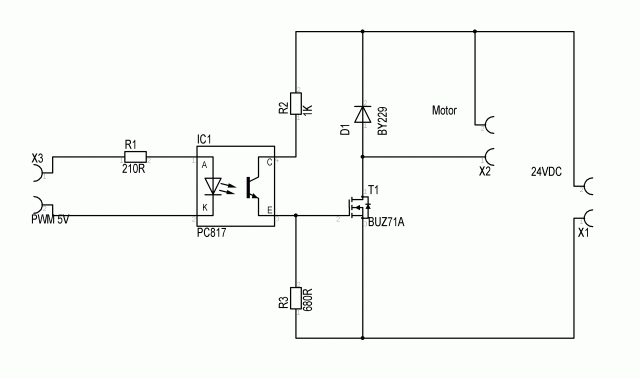Hi everyone,
I’ve started this project to convert an existing set of fairy lights to a motion activated / dimmable one. It kinda works as a prototype on a breadboard, but now I’m thinking about packaging that into a real project box.
The main problem I’m facing now is how to convert that 24V used by the LEDs into something usable by a Feather (arduino compatible board). As far as I understand the board takes 5V through a voltage regulator.
- I was thinking about using a voltage divider, but then I got lost in the math and I really don’t know if that’s a good idea to use such a thing when power will be drawn for the LEDs and the arduino board
- I’m also wondering if using a voltage regulator might be a good idea, because the board also has a voltage regulator. Can these be chained? would that cause any sort of issue?
If anyone has any tips or knowledge to share on the topic I would greatly appreciate, there’s only so far my favourite search engine can teach me stuff.
Thanks!


